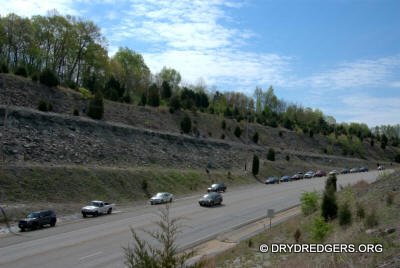
A good turnout of members and guests
Photos by Bill Heimbrock
All specimens are to
scale with a U.S. penny, diameter 1.9 cm or 3/4 inch.

A good turnout of members and guests
Every year or two we visit our favorite field trip site
in southeastern Indiana. Our last visit was
October 2017. The site is famous to the the tiny trilobite
Flexicalymene retrorsa minuens in the big shale layer of the
Liberty Formation. This is presumed to the be the same layer that is exposed at
the Caesar Creek spillway.
Lots of the trilobite Flexicalymene retrorsa retrorsa and F. retrorsa minuens were found. Here are photos of some of them. While reviewing these photos, I spotted an unusual epibont encrusting the right genal area of an enrolled Flexi. Unfortunately, I don't know who found it. If it is you, check your trilobite with a microscope or high-magnification loupe. The attaching animal is a lot more rare than the common trilobite, whatever it is. (next 2 photos)
Check out this interesting underside of a prone Flexicalymene
trilobite. The underside components are worth spending time examining because
they are not seen as often as the top side. Look for the hypostome or mouth
plate which is absent on molts and on this specimen. And what's that tiny blurry
granule above the trilobite??? Why it's a very tiny enrolled trilobite! See the
second photo for a close-up.
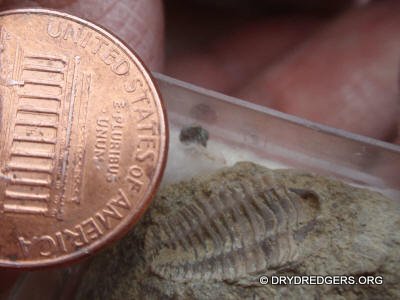
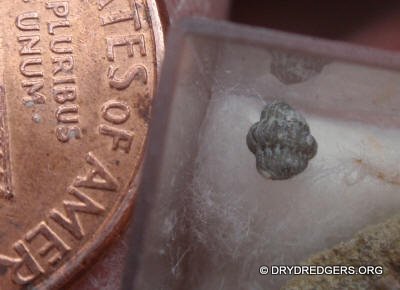
Usually on this particular site we usually find our Flexicalymene
trilobites prone or enrolled. Less common are the partially enrolled ones, such
as the one below.
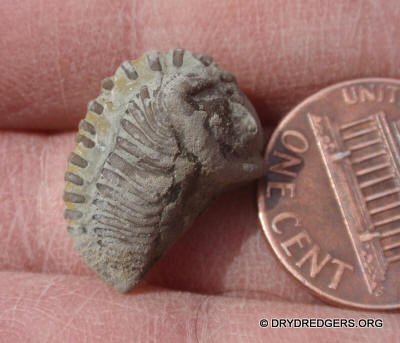
Here's a perfect prone Flexicalymene trilobite. The first photo is the top side
which was carefully extracted from the shale with all the dirt intact. Prone
trilobites are fragile and should be prepared sparingly or not at all onsite. The second photo
shows the underside of the trilobite. You can tell a bit more that it's a nice specimen.
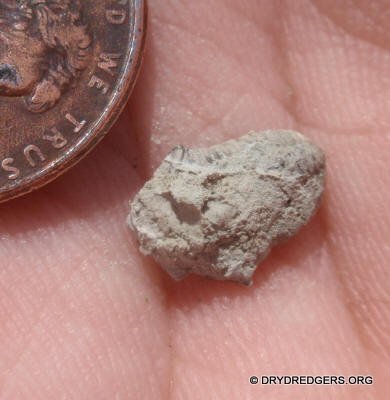
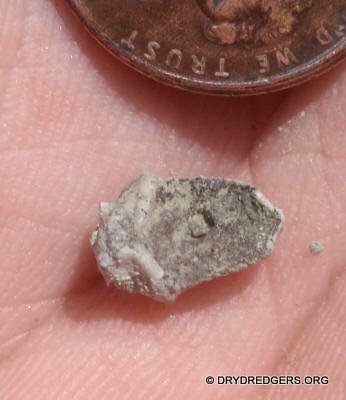
The other common trilobite found was
Isotelus sp. This first photo is a relatively complete
pygidium (tail).
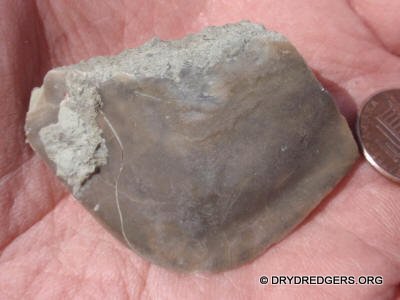
The next two fragments of Isotelus sp. are from the underside of the trilobite
and are probably both from the cephalon.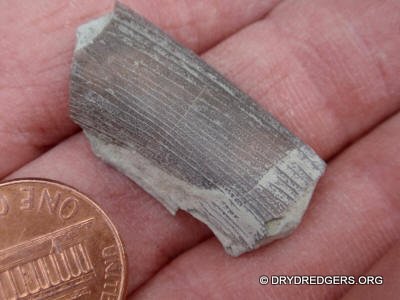
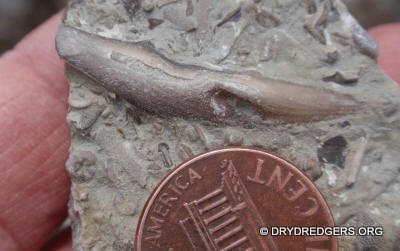
This next one is interesting because on the fragment of Isotelus sp. is a
glabella of a Flexicalymene sp. trilobite. 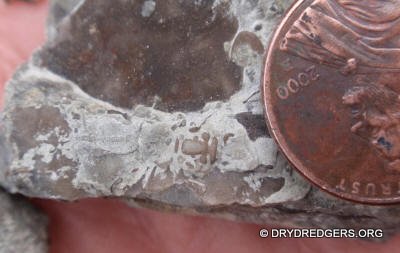
No crinoid calyxes were found and not very many crinoid stems were shown to me
to photograph. But someone found a
holdfast of a crinoid attached to
another crinoid stem. The next 2 photos are of the same specimen.
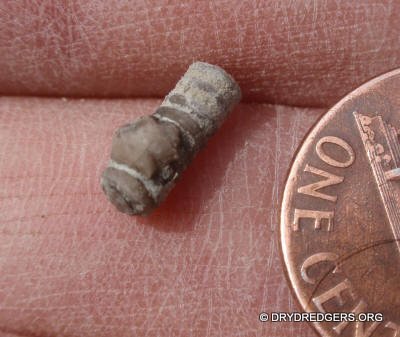
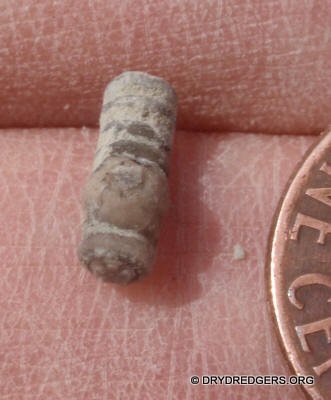
This is the only
nautiloid specimen shown to me. It's an internal mold of a cephalopod. Note the infills of
the individual chambers and at the bottom is a bit of the siphuncle showing.
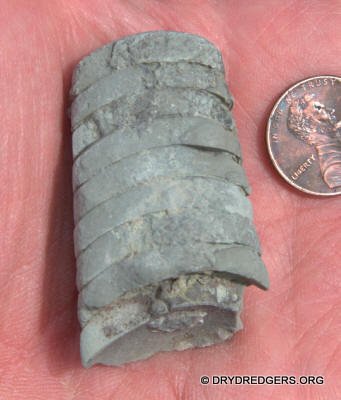
Here's a really nice big colony of
tabulate coral. (next 2 pics)
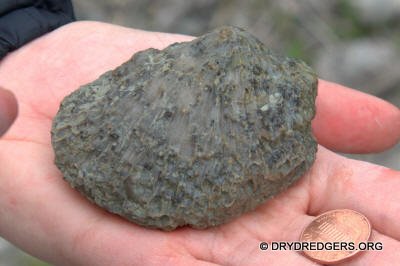
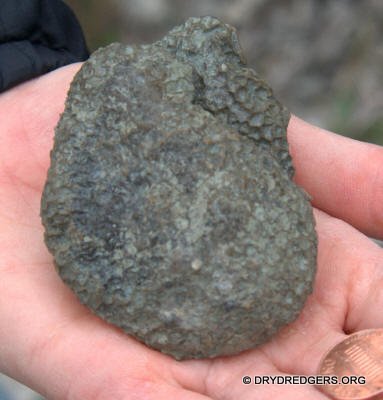
Another specimen of a colonial coral found that day.
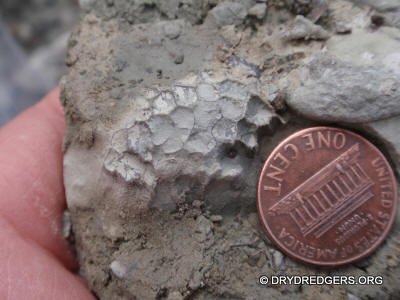
Although the most common coral we found was horn coral, a solitary coral.
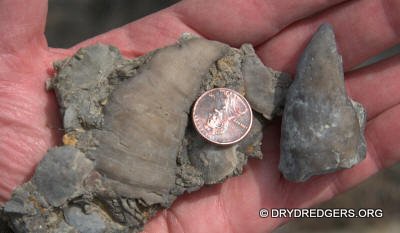
These two beauties are a monoplacophoran named
Phragmolites dyeri.
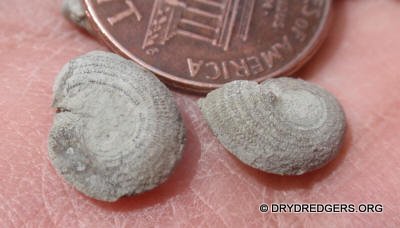
These next two are internal molds. Perhaps a Cyclonema sp..
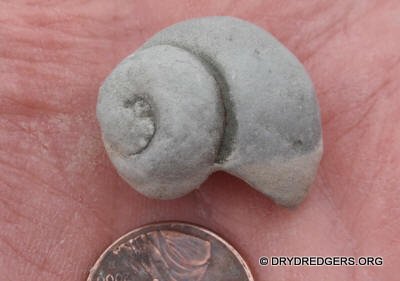
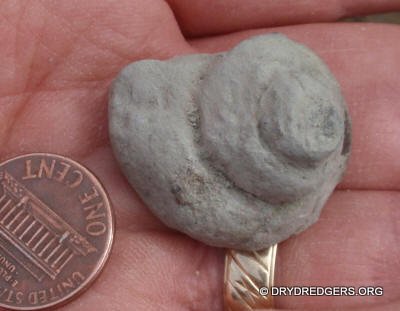
Here are two Cyclonema with the shell still preserved.
Nice preservation.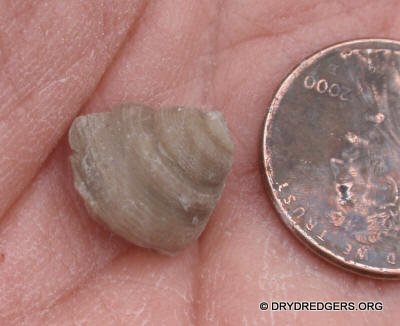
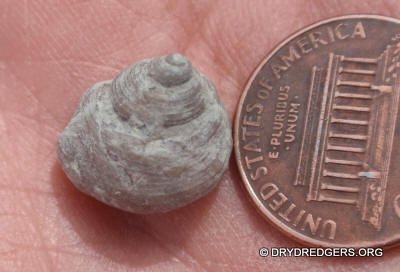
Here's a fragment of Sinuites sp.
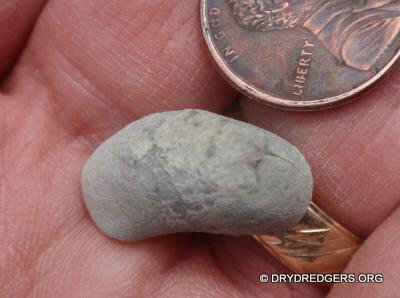
Here art the three sides of an
internal mold of a clam similar Modiolopsis sp. (next 3 pics).
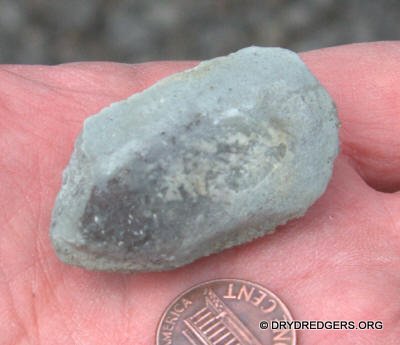
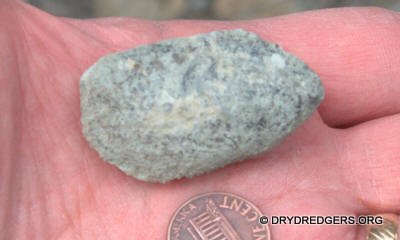
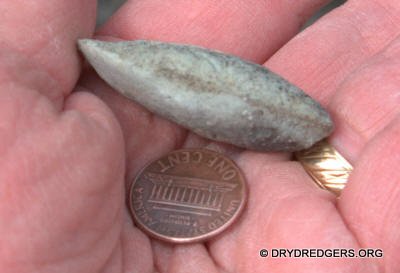
Hebertella sp.
The Hebertella on the left is particularly interesting
because it has an unusually deep sulcus.
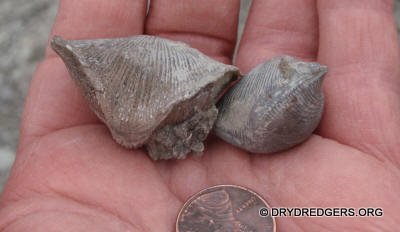
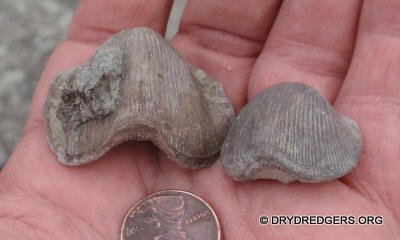
Vinlandostrophia clarksvillensis
In the picture below, the left brachiopod is a valve of Plaesiomys subquadratus. On
the right is a valve of Glyptorthis insculpta.
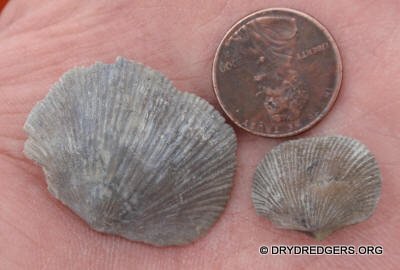
Alas, a lone bryozoan. Just kidding. They ruled the site.
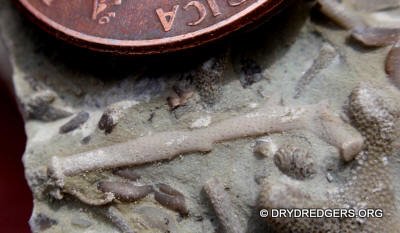
That's all for this field trip. Now let's see our May 2019 field trip to a huge Kope, Fairview and Bellevue site in Northeastern KY.
See previous field trips to this Southeast Indiana fossil mecca.
October 2017
March 2016
March 2015
March 2014
April 2013
April 2012
May 2011
March 2010
September 2008
September 2007
September 2006
March 2006
March 2004
October 2003
April 2002
Back to the Field Trip Index Page
Return to Dry Dredgers Home Page
The Dry Dredgers and individual contributors reserve the rights
to all information, images, and content presented here. Permission to reproduce
in any fashion, must be requested in writing to
admin@drydredgers.org.
www.drydredgers.org
is designed and maintained by Bill Heimbrock.